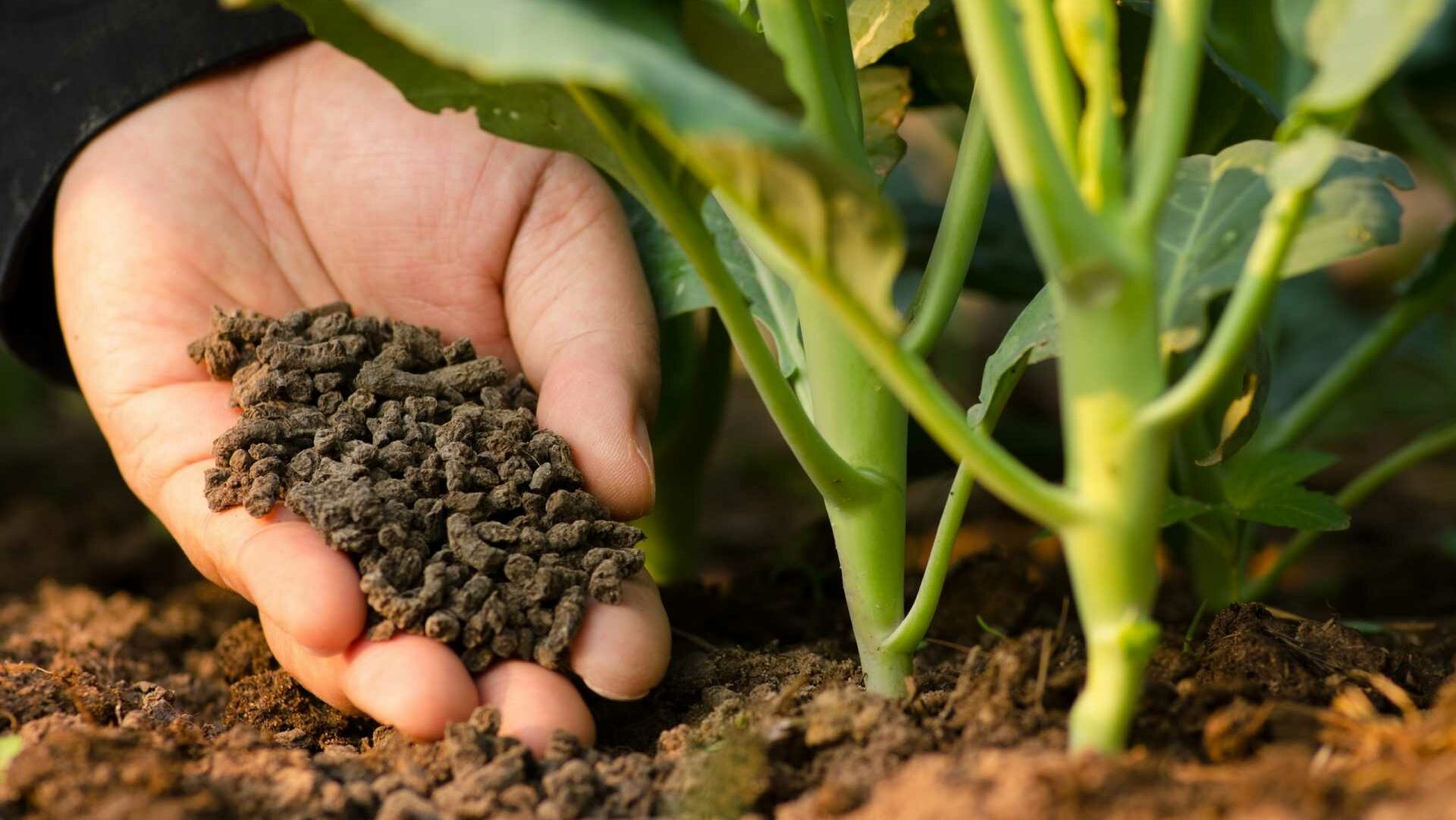The lawn is heavily used in summer. Heat, dryness and recreational fun take a toll on the lawn. At the same time, the lawn should sprout in strong green tones and grow healthily – ideally without weeds. To do this, the grass needs strength from nutrients. Fertilization in summer is ideal for this. However, timing, fertilizer and dosage are important components in order to avoid any adverse effects from fertilization.
When does summer fertilization take place?

A healthy lawn in summer requires sufficient nutrients. They can be added to the lawn in the summer months of June, July and August and ensure brisk growth.
Fertilization has several effects on the lawn. In summer it accelerates growth, makes the grass more robust and intensifies the color, making the lawn shine a rich green. However, fertilization also has important effects for the winter months. After Summer fertilization There is no further fertilization during the year. The nutrients help the lawn stay dormant and give the grass the strength it needs to survive freezing temperatures.
What conditions are required for summer fertilization?

Fertilization in summer should only take place under certain conditions. Probably the most important requirement is fertilization at mild temperatures. The soil should be cool so that the lawn absorbs the nutrients. Fertilization is recommended in the early morning hours and also in the late evening hours. However, the morning hours are better. The ground had already had a few hours to cool down. A look at the sky is also recommended. At best, today is cloudy and the weather forecast for tomorrow is also cloudy or even rainy.
The basic rule: A lawn should never be too high Sunlight and heat be fertilized. This would cause the grasses to burn. Fertilization would do more harm to the lawn than good.
However, mild temperatures are not enough. The soil must be prepared for fertilization in summer. Irrigation before fertilization is necessary. It is important to rely on fresh and moist soil conditions. The water cools the earth again.
Which fertilizer is recommended?

A long-term fertilizer is recommended in the summer months. Be organic fertilizer to set. Not only because of environmental aspects, but also for reasons of effectiveness. A mineral fertilizer can cause burns to the grass if there is too much sunlight and dry conditions. In addition, mineral fertilizers worsen the quality of the soil. Better is one organic fertilizer. You can purchase high-quality lawn fertilizer commercially or else Compost as fertilizer use.
If you buy your fertilizer commercially, you should take a look at the list of ingredients. Organic fertilizers can contain ingredients that are harmful to wildlife. By choosing organic products, you ensure the safety of your pets
Which dosage is recommended?

The dosage of fertilizer can vary greatly. First, follow the information provided on the fertilizer packaging, if you have purchased one. The nature of the soil is also an important factor. Depending on the permeability and composition, the dosage can change.
The following information is only a guideline:
- Sandy soils: 40 g/m²
- Medium clay soils: 50 g/m²
- Heavy clay soils: 60 g/m²
What happens after fertilization?

The Lawn care is not over after fertilization. Now it needs enough water. Irrigation is necessary to transport the nutrients into the soil. This is where the roots of the grass are located. They depend on the nutrients. You can use a lawn sprinkler for irrigation. This flushes the nutrients into the soil gently and without great pressure. This is exactly what is important so that the nutrients do not redistribute. If you don’t have a lawn sprinkler, you can also use a watering can. However, please use an attachment here to avoid a hard jet of water.
Don’t be sparing when watering and water the lawn until the water comes out easily on the surface. The soil is dry in summer anyway and appreciates every drop of water.
In the next few hours you can give the lawn a breather. If walking on the lawn is avoidable, you can give it up to 24 hours of regeneration time. Then you can romp around, play and relax again.
